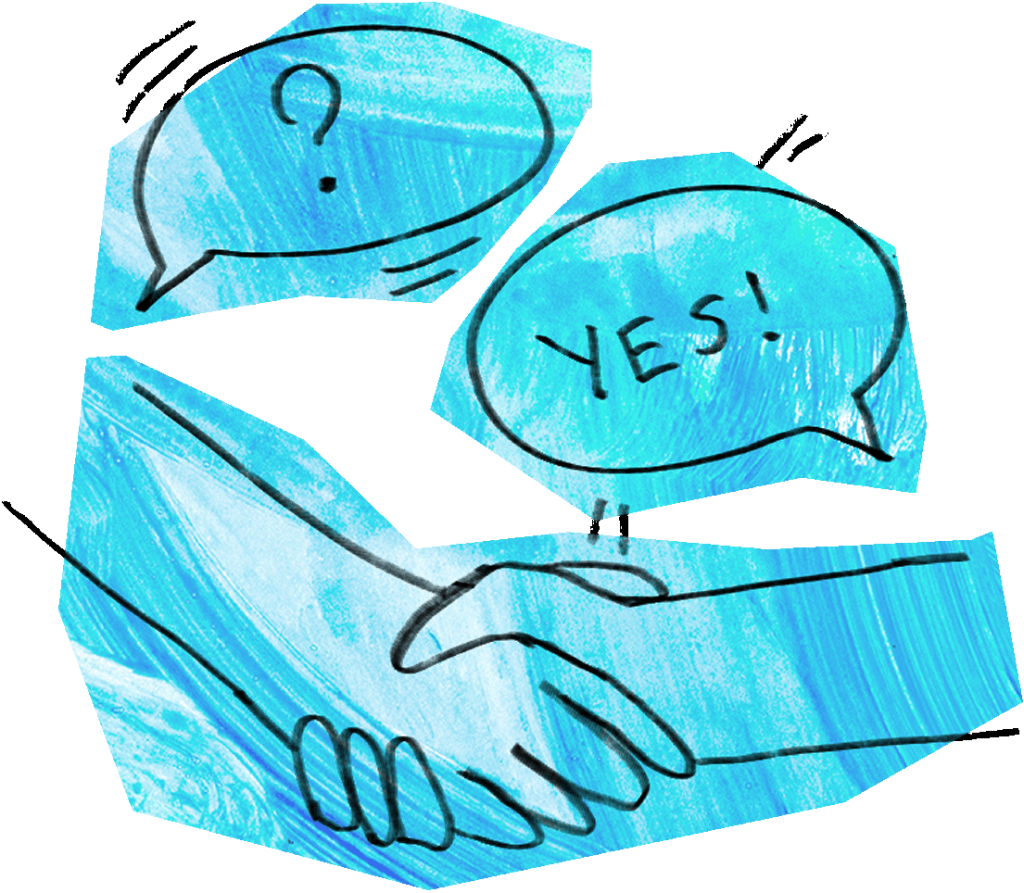References
Guidelines for asking and writing a reference letter in the context of an application process.
By: Laura Lehtinen and Riitta Huttunen, Uniarts Helsinki
Guidelines for asking and writing a reference letter in the context of an application process.
By: Laura Lehtinen and Riitta Huttunen, Uniarts Helsinki

Reference letters are needed to support a wide range of application processes. For example, you might be requested to attach one to your grant, masterclass or job application. A reference is usually a mandatory attachment for doctoral scholarship applications and is particularly recommended when applying for funding for early-career artistic work. However, references are also a welcome addition to other types of applications.
A reference letter includes an expert’s view on the applicant’s performance and a recommendation for the applicant. The purpose of the recommendation is to obtain an external perspective on the project or the applicant’s ability to perform the task at hand. Referees can also evaluate the wider relevance of the project to the arts and culture locally, nationally and internationally.
The reference does not have to be long. A few sentences are usually enough. The maximum number of references is typically three.


I warmly recommend awarding a working grant to Dina Danceartist, Master of Dance, to cover the expenses of the pre-production phase of the ZEN Masters project.
I have observed Danceartist’s work from the role of a teacher. They attended a seminar on artistic work I led at the University of the Arts Helsinki in 2015-2017. Based on their work in the seminar, I believe that Danceartist can implement the ambitious plan of the ZEN Masters project.
The project is particularly significant in the field of performing arts locally and internationally and creates new possibilities for art research and for breaking down barriers between artistic disciplines.
Helsinki, 2 Feb. 2023
FIRST NAME SURNAME
TITLE
CONTACT INFORMATION
